Concrete without crushed stone: characteristics and proportions
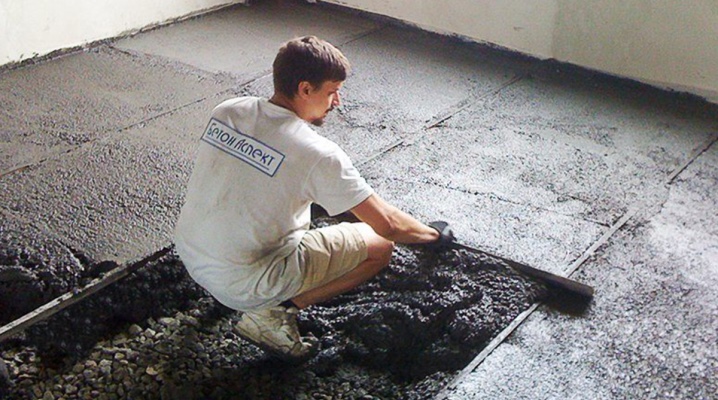
Concreting with a composition that does not contain crushed stone allows you to save on the latter. But such concrete will require a larger volume of sand and cement, so saving on such a composition does not always come out to be a plus.
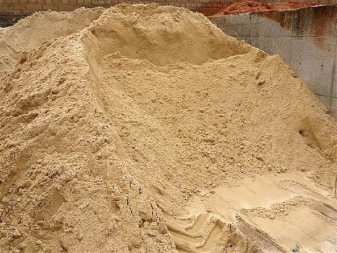

Advantages and disadvantages
Concrete without crushed stone contains other fractions comparable in size to the fraction of crushed stone (for example, expanded clay). In the simplest case, it is a cement-sand mortar, to which nothing is added except water. Some additives are added to modern concrete, which play the role of improvers that increase its performance parameters. The advantages of concrete without crushed stone include cheapness and availability, ease of preparation and use, durability, resistance to significant temperature changes up to tens of degrees per day.
The disadvantage is that the strength of concrete without crushed stone is significantly inferior to conventional concrete containing whole gravel or crushed rocks.
In addition, ready-made concrete purchased from all kinds of distributors is much more expensive than a composition made by hand from ingredients purchased independently.
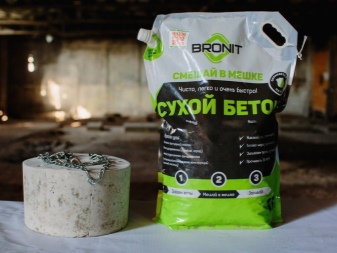
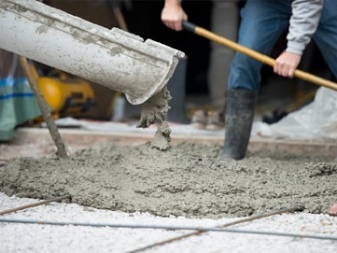
Proportions
A widespread proportion of sand and cement is 1: 2. As a result, a fairly strong concrete is formed, suitable both for the foundations of one-story buildings, and for screed, erection and wall decoration.
For the manufacture of sand concrete, large sea and fine-grained river sand will fit. You should not completely replace sand with similar bulk compositions, for example, crushed foam block, brick chips, stone powder and other similar materials. And if you try to prepare a purely cement mortar without using sand, then after hardening, the resulting composition will simply crumble. These ingredients are permissible only in small quantities - no more than a few percent of the total weight and volume of the prepared composition, otherwise the strength of the concrete will suffer dramatically.
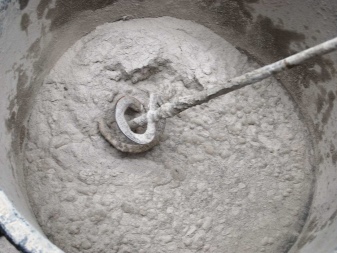

From all the recipes for making classic concrete available today, gravel is removed. These options take the calculation, focusing on 1 cubic meter of conventional (with gravel) concrete mortar. To make a suitable concrete mortar without rubble, use the specific ratios below.
- "Portland cement-400" - 492 kg. Water - 205 liters. PGO (PGS) - 661 kg. Crushed stone with a volume of 1 ton is not filled up.
- "Portlandcement-300" - 384 kg, 205 liters of water, PGO - 698 kg. 1055 kg of crushed stone - not used.
- "Portlandcement-200" - 287 kg, 185 l of water, 751 kg of PGO. 1135 kg of crushed stone is missing.
- "Portlandcement-100" - 206 kg, 185 l of water, 780 kg of PGO. We do not fill up 1187 kg of gravel.
The resulting concrete will take much less than one cubic meter, since in all cases there is no crushed stone in it. The higher the grade of cement by number, the more serious loads the resulting concrete is designed for. So, M-200 is used for non-capital buildings, and M-400 cement is used for one-story and low-rise suburban construction. Cement M-500 is suitable for the foundation and frame of multi-storey buildings.
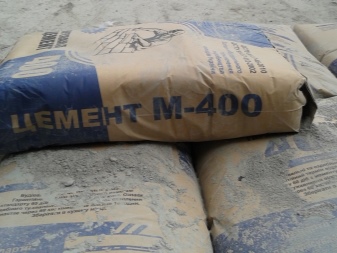
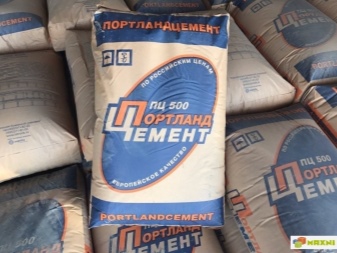
Due to an increase in the amount of cement - in terms of a real cubic meter of concrete prepared according to one of the above recipes - the resulting composition has greater strength. It is ideal for use in reinforced concrete, which is completely free of crushed stone. From the composition of the proportions changed in this way, reinforced concrete slabs are made, which are used for the construction of high-rise buildings.
Mixing a small amount of gypsum or alabaster is allowed. Work with such concrete is accelerated - it hardens in just half an hour. An ordinary sand-cement mortar, prepared by hand, sets in about 2 hours.
Some builders mix a little soap with the water added to the concrete, which allows the work to be extended up to 3 hours until such a composition begins to set.
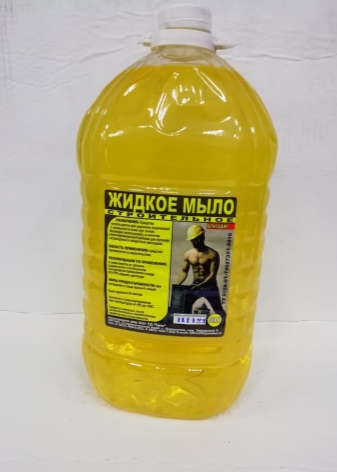
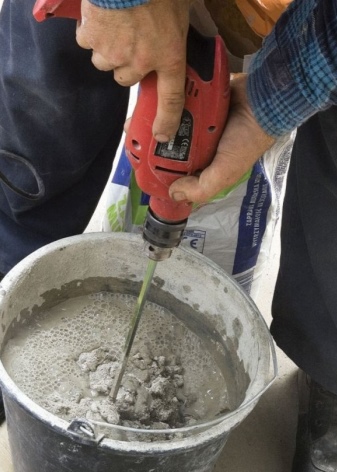
As for the added water, it must be free of impurities - for example, without acidic and alkaline reagents. Organic residues (pieces of plants, wood chips) will bring the concrete to accelerated cracking.
Sawdust and clay added to concrete also reduce its strength characteristics. It is advisable to use the sand washed, in extreme cases - seeded. The cement should be as fresh as possible, without lumps and fossils: if any, they are discarded. The required amount of ingredients is measured out with the same container, say, a bucket. If we are talking about small quantities - for example, for cosmetic repairs - then glasses are used.
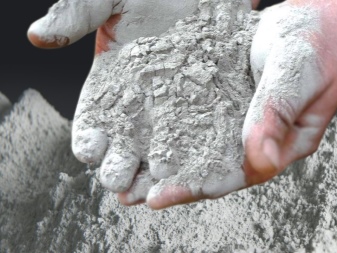
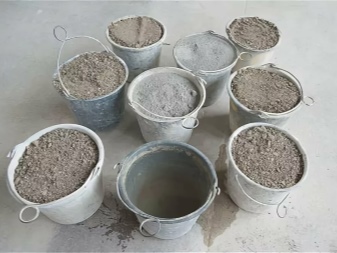
Where is it used?
In addition to the foundation and floor screed, concrete without crushed stone is used for pouring stairs. Reinforced concrete without crushed stone (reinforced concrete), cast in the form of a flight of stairs, contains especially fine-grained (river) sand, in part - the smallest screening of river sand. Coarser sand, for example, screening of sea sand, has found application for the manufacture of paving slabs. The more cement such concrete contains, the stronger the paving slabs made from it. But this does not mean that the cement must be mixed in a ratio of more than 1: 1 (not in favor of the percentage of sand) - in this case, the tile would acquire absolutely unnecessary fragility for it. A higher content of cement allows to obtain tiles designed for the roadway, a lower content for footpaths and recreation areas.
It is not recommended to pour concrete with a proportion worse than 1: 3 (in favor of sand). Such a composition is called "lean concrete", which is suitable only for wall decoration.
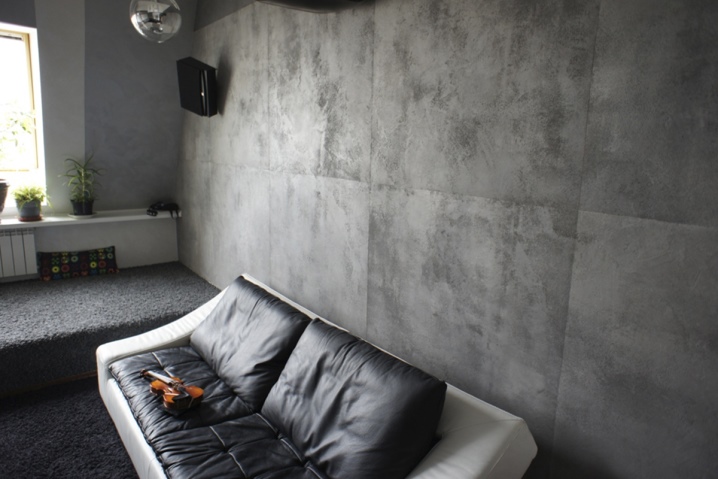
How to mix concrete without rubble, see below.













The comment was sent successfully.